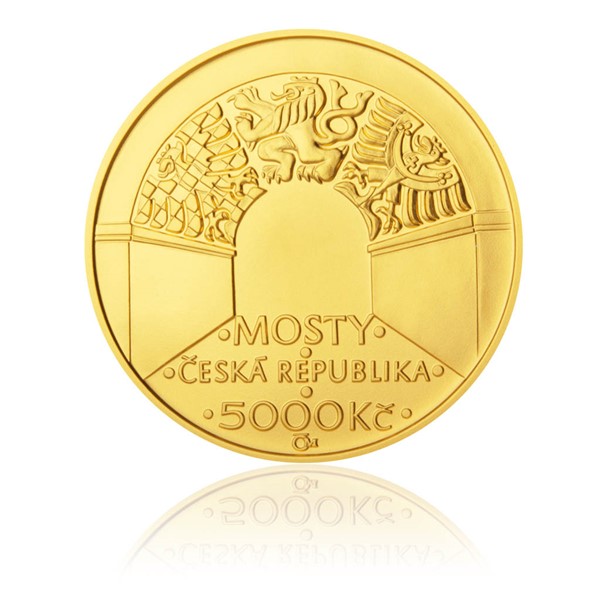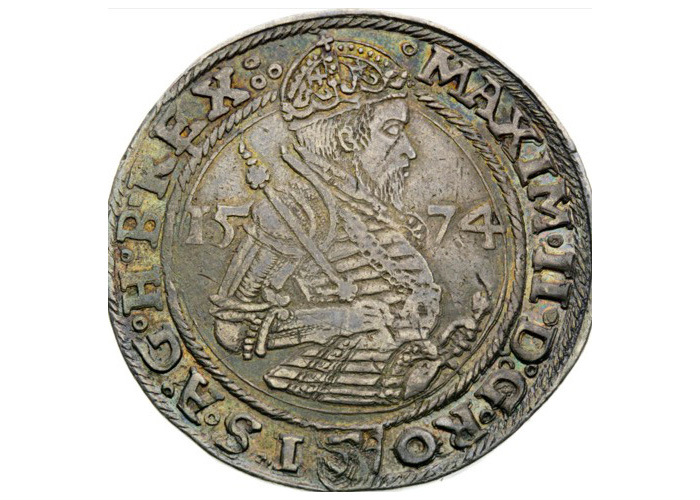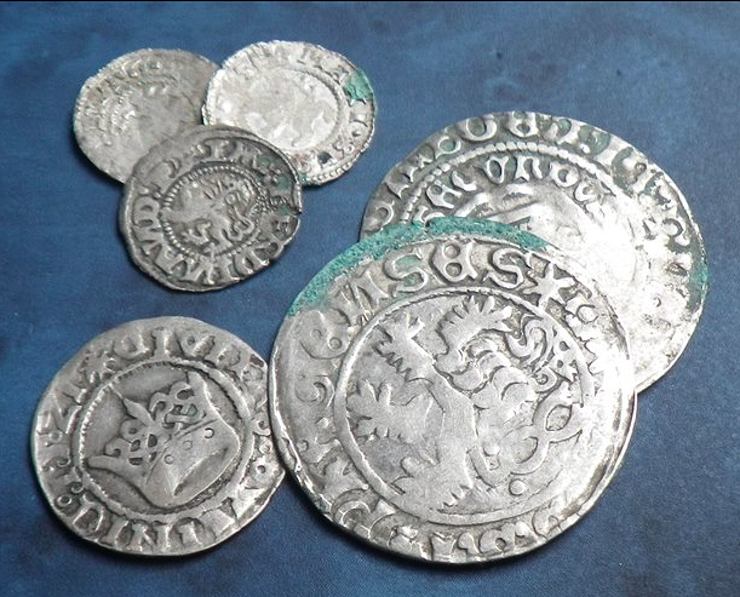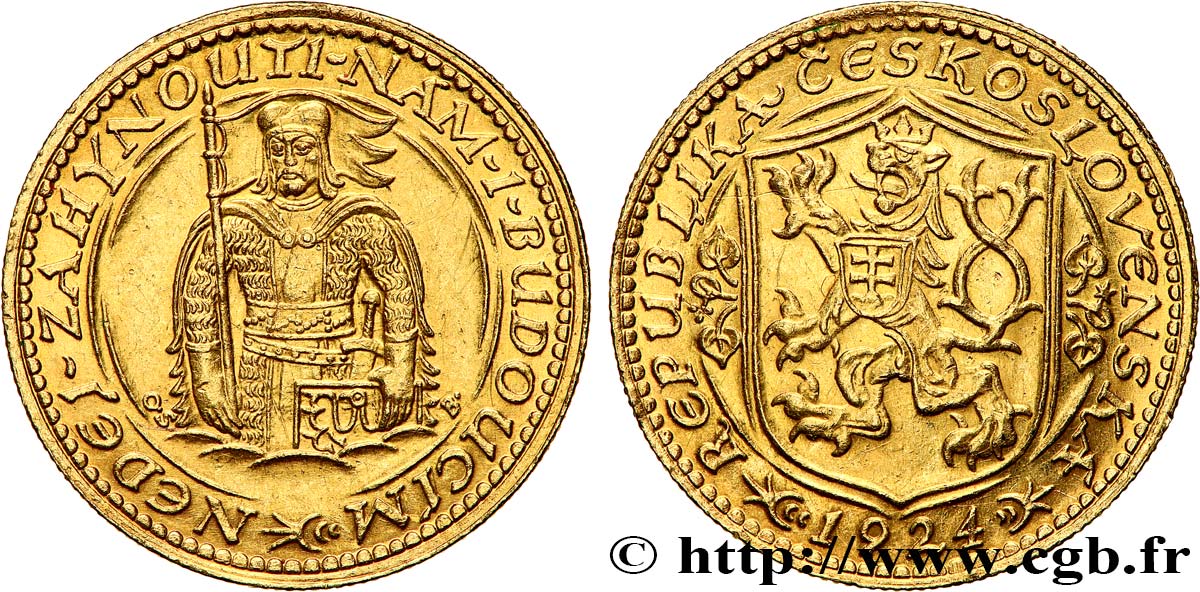Top Reasons On Antique Finish Czechoslovakia Medals
Wiki Article
What Is The Process By Which A Mold Of Plaster Is Designed To Serve As An Initial Physical Representation Of The Gold Medal Or Coin?
Gold coins or medal design is utilized to serve as a design reference for the designer or artist. This design can be a hand-drawn drawing or a representation created using graphics software for design. Other materials, such as wax or clay could be utilized.
The preparation of Plaster is combined with water to form an able consistency. The mixture must be uniform without lumps to make an effective mold.
This base is where the maquettes will be sculpted. The base is typically a wooden board, or a flat, stable surface.
Making a sculpting Maquette - The artist uses the gold design to guide him when creating a sculpture of it in plaster. The plaster is then cut to create a relief or three-dimensional representation of the medal or coin.
Detailing and refinementThe artist is focused on adding more details, enhancing the shape of the design, and also ensuring the exactness of features and proportions within the design. This stage involves precision and meticulous focus on the finer specifics.
Allowing Time for Drying and Set- After the sculpture is finished the Plaster must have time to set and dry. This enables the maquette to set and hold its shape.
After drying, the surface will be cleaned to remove bumps and rough spots.
Sealing and Preserving- To protect and protect the maquette, and to prepare it for further processes, such as scanning and molding, apply a protective or sealant coating on its surface.
The resultant maquette is used as a tangible, three-dimensional representation of the gold coin or medal design. The maquette of plaster is used to create molds for mass production and also as a reference material for the other phases of the manufacturing process. View the best Czechoslovakia gold medals plaster molds blog examples. including gold dollar coin, buy gold bars from bank, 2000 gold dollar, 1 10 oz gold eagle, 1 10 oz american gold eagle, ancient coin, 1 10 gold eagle, gold coins, apmex gold, $20 gold piece and more.

How Do Highly Skilled Engravers Enhance Gold Coins Or Medals Designs?
Through the process of working on the die, or the hub that works, highly skilled engravers can modify and improve the look of gold coin or medal. They can add small details and refine the design by applying their expertise. How they achieved this Evaluation of Working Hub
The engravers first look at the hub or die created from the hub that was originally created by Janvier. They examine the transfer's quality and depth.
Correction of imperfections
Engravers will correct any flaws, or inconsistencies, in the design transferred. They are able to use precise tools to fix minor mistakes and adjust the depth or refine certain elements to ensure uniformity and accuracy.
Enhancing Details
Skilled engravers create intricate designs with instruments like burins, pneumatic engraving, or gravers. They cut or carve into the surface of the hub to create intricate lines, textures, letters or intricate patterns required by the style.
Dimensional Enhancement and Depth
The engravers can manipulate the depths of design and forms to give visual depth. The cut's depth can be varied to highlight specific characteristics and create an impression of texture.
Texture and Finishing Additions
The aesthetic attraction of an image can be improved by adding texture or finishing certain areas. Surface textures and effects can be achieved by using techniques such as frosting, stippling or other types of shading.
Quality Control Inspection
Engravers conduct many checks and inspections during the engraving process to make sure that their designs meet the standards of accuracy and clarity.
Collaboration and artistic interpretation
Engravers are often in close contact with designers or other artists to interpret a design accurately. Their creative interpretation and expertise will elevate designs by introducing subtle nuances or adjusting specific elements according to an artistic view.
Highly skilled engravers are able to manipulate metal surfaces with accuracy and skill. The attention to details and skill enhances the design and aesthetics of gold medals or coins. Read the top Czechoslovakia gold coin engravers blog examples. including liberty head nickel, kruger rand, gold coin store near me, buy gold biscuits from bank, 24k gold coins prices, 10 dollar gold coin, 24 karat gold coin, 1972 gold dollar, 1 10 american gold eagle, $20 gold coin and more.

How Do Gold Coins And Medals Receive Protective Coatings?
The coating process can be employed to enhance, protect the appearance or to achieve specific aesthetic results. Here are a few different coatings that could be applied.
Clear Protective Film (Varies). This clear protective film, which may include lacquer and a polymer, protects the surface of the coin from oxidation. The coating preserves the coin's or medal's original appearance and protects the underlying metal.
Improvement in appearance
Gold plating (or gilding) A thin layer or gold is applied to the surface of gold coins or gold medals. This improves the coin's or medal's appearance, giving it a more shiny and luxurious look.
Aesthetic effects
Patinas and antique finishes can be achieved by utilizing chemical treatments or coatings. This method artificially ages the surface, creating an oxidized or aged appearance, adding character and depth to the appearance of the.
Coloration or Coloring - Certain metals or coins are colored specifically in certain areas using enamels, coatings or other specialized coatings. These colors may be used to highlight specific features or to create contrast.
Anti-Tarnish Coatings-
Anti-Tarnish Solutions - For coins or medals that have intricate designs or surfaces susceptible to tarnishing, anti-tarnish coats or solutions might be applied. The coatings protect the metal's surface from oxidizing or discoloring over time.
Specialized Coatings that Ensure Security or Authentication
UV-Reactive Coatings or Luminescent Coatings - Some coins and medals could have coatings that are specially designed to react with UV sunlight. This can reveal hidden or encrypted elements to provide security or authentication reasons.
Selective Coatings to Enhance Contrast
Selective Coating Removal - Certain coins and medals have their coatings removed from specific areas to make a distinction between the polished surface and the coated surface, which emphasizes the design elements.
Each procedure serves a specific goal, whether it's to protect metals, improve appearance, achieve certain aesthetic effects, or increase security. The coatings can dramatically improve the appearance and longevity of medals and coins made of gold, thereby increasing their value and appeal to collectors. Read the most popular coating Prague Mint gold coins website recommendations. including british sovereign gold coin, 50 dollar gold coin, gold 1 dollar coin, gold bullion, 24k gold coins prices, 50 pesos gold coin, silver double eagle, gold apmex price, twenty dollar gold coin, 24 karat gold coin and more.

How And Why Do Some Gold-Plated Coins Or Medals Go Through Processes To Create An Aged Or Antique Look?
For various reasons like aesthetics, historical importance, or collector demands Gold coins and medals can be processed to create an antique or aged look. How and why is this done?
Chemical patination - Chemical treatments that use acids or acid-based solutions to create patina are applied on the surface of a medal or coin. These solutions trigger the controlled oxidation of the metal and tone that gives the appearance of an antique coin. This is a great way to highlight design details and give depth.
Artificial AgingChemical and mechanical techniques are used to simulate the natural tarnishing that occurs when the medal or coin gets older. Tools or treatments that are abrasive are used to create worn or scratched areas on coins.
Toning or Staining- The surface is stained or toned with the use of heat or special solutions. This method can mimic the natural tone and discoloration that develops with time.
Buffing and Polishing Techniques Selective buffing or polishing is applied to certain areas to eliminate surface layers or highlights, thereby creating contrast and a look of wear or aging.
The reasons behind creating an Antique Appearance
Visual appeal- Some coin enthusiasts and collectors prefer coins that have a vintage look. The aged style adds character and depth to the design.
Historical or Commemorative Meaning- Coins, medals and other commemorative items that celebrate historic events or moments can be seasoned to give them authenticity that is historical. They may be also aged to mimic coins from certain periods.
Antiqued medals or coins are often sought after by collectors who want rare pieces or limited editions. Their age-related appearance can boost the value of their collectibles.
Highlighting design elementsby creating contrast between areas that are raised and recessed ones, age-related processes can make intricate details more visible and obvious.
Artistic Expression - Minting authorities artists, designers, and other professionals are able to use aging as a way to express their artistic expression through the use of symbolism, depth or telling stories.
The purposeful choice of achieving an antique appearance for gold coins or medals could be a means to bring back memories, increase interest, or communicate an impression of the past. But, it is crucial to balance the aesthetic effect with maintaining the coin's intrinsic value and authenticity. Check out the recommended antique finish of Czechoslovakia gold medals blog recommendations. including 1 oz gold eagle, gold eagle coin, gold buffalo, congressional gold medal, double eagle coin, 1 4 ounce gold coin, 1 oz gold coin, american eagle gold coin price, sacagawea gold dollar, oz gold bars and more.
